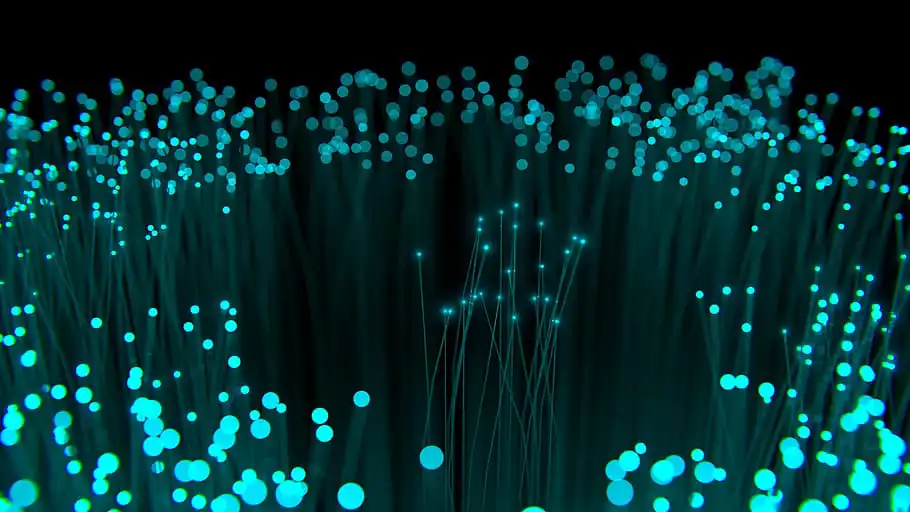Amidst the rising concerns surrounding 'deepfakes', the White House is considering a strategic move. The administration is mulling over adopting cryptographic verification for its official communication. This measure could be a significant step to counter fake information proliferating the digital space.
Deepfake technology is capable of creating convincing, false representations of real people using artificial intelligence (AI). This emerging menace poses a significant challenge to media trustworthiness, making it difficult to discern real content from manipulated ones.
There's growing fear that deepfakes could be used to forge official communications or public statements. Cryptographically verifying these communications could, however, provide a solution to this looming problem.

The idea of cryptography involves encoding and decoding messages to prevent unauthorized access. This method could be employed to verify the origin of official correspondences and certify their authenticity.
Interestingly, this idea isn't entirely new. Twitter, for instance, has already experimented with the use of cryptography. The platform utilized cryptographic signatures during the 2020 U.S. elections to validate election-related information from various government sources.
Applying similar measures within the White House could be a game-changer. The cryptographic seal would certify the source and authenticity of the communication. It could counteract the havoc that the deepfake technology may inflict.
A key element here would be the public's understanding of cryptographic signatures. There is a need for education and awareness to ensure citizens are familiar with the process and can trust the authentication process.
Questions remain regarding implementation. How will the cryptographic signatures be embedded in the various forms of media? What technology will be used? These queries need suitable answers for effective application.
It's also important to consider accessibility. The verification process used should not cause unnecessary difficulties for the public in accessing official information. The cryptographic solutions must be user-friendly and easily available.
Another concern centers around preserving privacy. While ensuring message authenticity is critical, it's equally important to ensure that the privacy of the senders and recipients is protected, minimizing potential misuse of the technology.
Government agencies will need to collaborate to make this initiative a success. Departments like the National Institute of Standards and Technology (NIST) and the Defense Advanced Research Projects Agency (DARPA) could provide valuable insights in implementing cryptographic measures.
Moreover, stakeholder collaboration is of paramount significance. The White House needs to work closely with the tech industry, cybersecurity firms, and cryptographers to develop these solutions and get them into the public sphere.
The use of cryptography in official communications signifies the administration's commitment to ensuring media integrity. It shows an acknowledgment of the serious threat that deepfakes pose and a pragmatic approach to dealing with this digital menace.
Yet, the problems don't stop at deepfakes. The broader issue of AI-fuelled disinformation is an ongoing concern. Cryptographic measures may need to be just one part of a larger comprehensive digital strategy to tackle this ever-evolving challenge.
Regulations may need to be tightened, and punitive measures established for those propagating false information. Additionally, large tech companies may need to take on greater responsibility in identifying and moderating AI-generated fake content.
While the idea of using cryptography in verifying official communications is promising, it does not promise a total solution. We cannot forget the human element in the spread and consumption of fake information. Encouraging critical thinking and media literacy among the public is just as crucial.
Looking forward, the adoption of cryptographic measures could be a big stride towards combating disinformation. It offers an opportunity to restore faith in official communications, reinforcing the truth, and enabling the public to confidently differentiate between factual content and distortions.
Undeniably, the road to combat deepfakes and AI-driven disinformation is long and challenging. But with measures like cryptography, collaboration with stakeholders, and public awareness initiatives, a trustworthy digital space can be salvaged.
To sum it up, as deepfakes surge, the White House is looking to use cryptography as a shield against disinformation, and if implemented well, it could be a major turning point in the battle against digital deception.
As this plan moves from the drawing board to reality, it will be interesting to witness its impact and whether it indeed proves to be a critical weapon in the fight against the spread of disinformation.